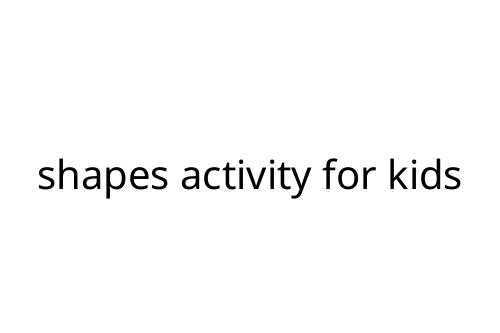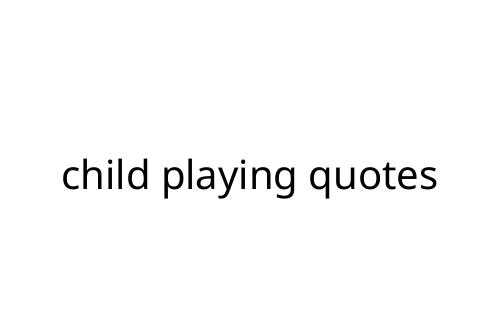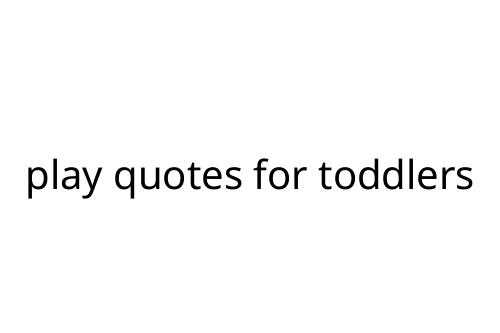## shapes activity for kids
Looking to build shape recognition skills in young children? A well-designed shapes activity for kids does more than teach basic geometry. It helps develop observation, comparison, fine motor skills, and early math confidence. Let’s break down some effective, simple activities and tips to get the most out of learning about shapes.
### Why Teach Shapes Early?
Kids start noticing shapes long before they recognize numbers or letters. Learning the difference between circles, squares, and triangles sets the foundation for geometry, spatial awareness, and even later reading skills (since letter recognition hinges on shape recognition). Mixing shapes activities into play helps make these concepts stick.
### Simple Indoor Shape Activities
- **Shape Scavenger Hunt:** Give each child a list of common shapes. Let them roam the room to find matching objects (clocks for circles, books for rectangles, etc.). This builds real-world connections and gets them moving.
- **Shape Sorting:** Use colored paper cutouts or foam shapes. Have children sort by shape, then by color or size. Sorting encourages both shape and attribute recognition.
- **Shape Art:** Offer glue, cut-out shapes, and blank paper. Kids can create pictures (like a house made of rectangles and triangles). This encourages creativity and reinforces the concept.
### Outdoor and Large-Scale Shape Play
- **Chalk Shapes:** Draw big shapes outdoors with sidewalk chalk. Instruct kids to jump inside circles, hop on triangles, or follow a line of squares. Physical movement helps memory.
- **Shape Obstacle Course:** Create stations: crawl under a rectangle table, step through hula hoop circles, or toss beanbags into triangle hoops. This combines gross motor skills with shape learning.
### Tips for Effective Shape Activities
- Keep language simple and repetitive (e.g., “How many sides does a triangle have?”)
- Compare and contrast—ask, “What makes a square different from a rectangle?”
- Encourage kids to touch and manipulate 3D shapes (blocks, balls, pyramids) as well as flat shapes.
### Pros and Cons of Different Activities
| Activity Type | Pros | Cons |
|----------------------------|-----------------------------------------|---------------------------|
| Scavenger hunts | Interactive, builds observation skills | Requires prep, supervision|
| Art projects | Creative, reinforces shape knowledge | Can get messy |
| Obstacle courses | Physical, memorable | Needs more space |
| Sorting and matching | Easy setup, repetition helps learning | May become repetitive |
### Final Thoughts
Introducing shapes activity for kids doesn’t need to be complicated. Rotate different games and crafts to keep things fresh. Watch for which activities engage your group best—some may love outdoor chalk games, while others thrive on hands-on art. Above all, focus on playful practice rather than drilling facts. Early shape activities are about building curiosity and confidence—a solid base for future math success.





